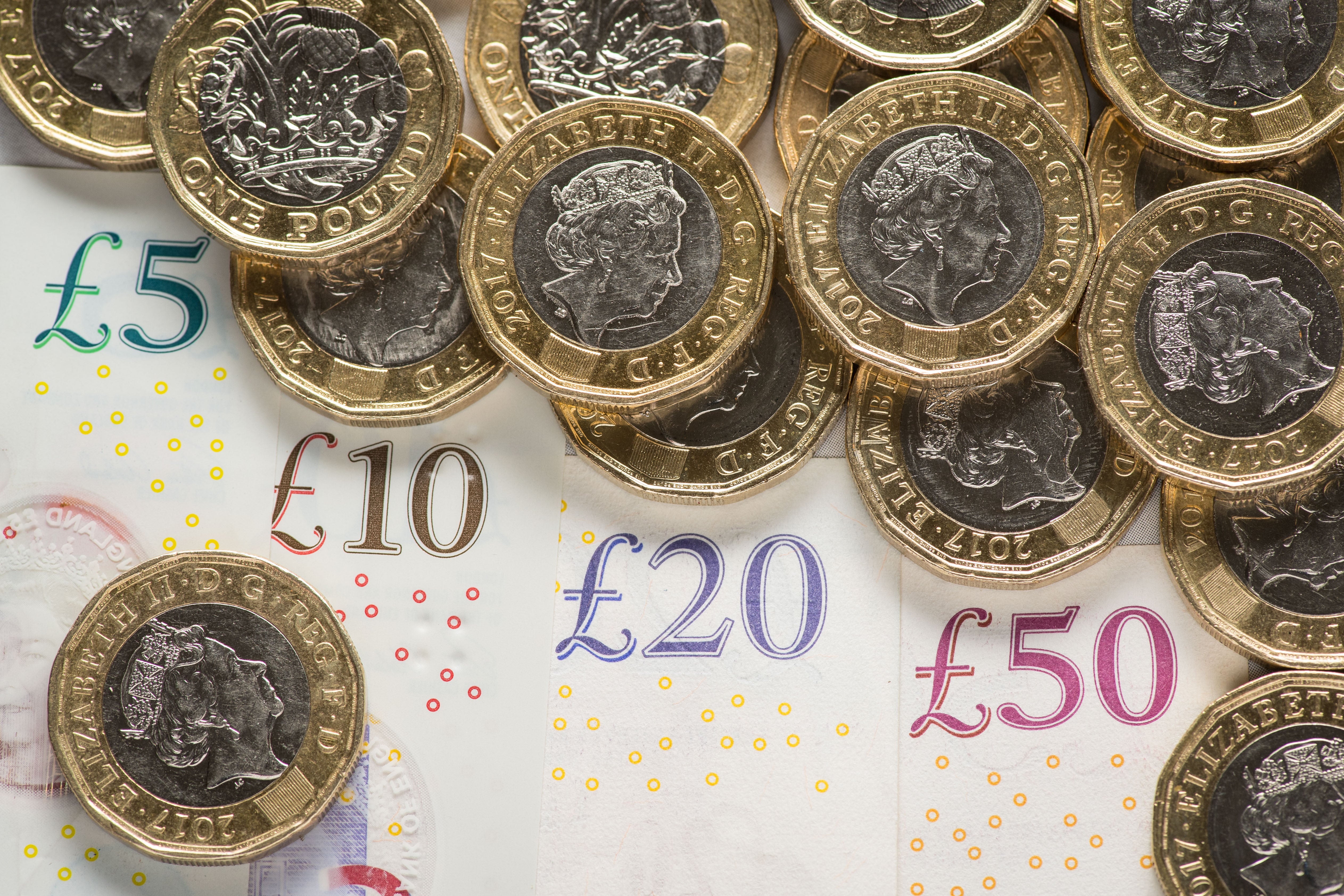Borrowing eases in June amid economic rebound
The Office for National Statistics said Government borrowing stood at £22.8 billion in June, down from £28.2 billion a year earlier.

Your support helps us to tell the story
From reproductive rights to climate change to Big Tech, The Independent is on the ground when the story is developing. Whether it's investigating the financials of Elon Musk's pro-Trump PAC or producing our latest documentary, 'The A Word', which shines a light on the American women fighting for reproductive rights, we know how important it is to parse out the facts from the messaging.
At such a critical moment in US history, we need reporters on the ground. Your donation allows us to keep sending journalists to speak to both sides of the story.
The Independent is trusted by Americans across the entire political spectrum. And unlike many other quality news outlets, we choose not to lock Americans out of our reporting and analysis with paywalls. We believe quality journalism should be available to everyone, paid for by those who can afford it.
Your support makes all the difference.Government borrowing fell in June as the economic rebound continued to push up tax revenues, according to official figures.
The Office for National Statistics (ONS) said borrowing stood at £22.8 billion in June, down from £28.2 billion a year earlier.
The ONS said last month’s figure was the second highest June borrowing since records began in 1993.
A consensus of analysts had predicted that public sector net borrowing would come in at £21.9 billion for the month.
The data shows borrowing so far this financial year has reached £69.5 billion since the end of March – £49.8 billion less than the same period a year ago.
The ONS revised down estimates for borrowing in April and May, by £2.9 billion and £3.7 billion respectively, with National Insurance tax revenues higher than previously thought as pandemic restrictions have eased.
But the figures reveal that Government spending increased by £2.5 billion year-on-year in June to £84.1 billion, with falling costs of the furlough support scheme offset by rising costs of the vaccine and Test and Trace programme, as well as higher interest payments on the debt pile.
Debt interest payments rocketed to £8.7 billion last month – the highest monthly payment since records began in 1997 – on the back of steep increases in inflation.
AJ Bell financial analyst Danni Hewson said it was a “timely reminder of the impact inflation can have”.
The ONS also revised down borrowing for the financial year to the end of March again, by £1.5 billion to £297.7 billion, though this was still the highest since the end of the Second World War and equivalent to 14.2% of UK gross domestic product (GDP).
The amount of debt was at an eye-watering £2.2 trillion at the end of June, or around 99.7% of GDP the highest ratio since the 102.5% recorded in March 1961.
The UK’s debt levels have ballooned amid the pandemic as the Government has launched costly support measures to help households and businesses through the crisis.
Chancellor Rishi Sunak said: “I’m proud of the unprecedented package of support we put in place to protect jobs and help thousands of businesses survive the pandemic, and that we are continuing to support those who need it.
“However, it’s also right that we ensure debt remains under control in the medium term, and that’s why I made some tough choices at the last Budget to put the public finances on a sustainable path.”
The ONS said central government receipts in June hit £62.2 billion – a £9.5 billion, or 18%, increase year on year, which was driven higher by a 22% jump in tax revenues to £45.5 billion amid the wider economy rebound.
Borrowing in 2021-22 is looking likely to undershoot the £234 billion predicted by the Office for Budget Responsibility at the March Budget due to the marked recovery.
But while debt levels are coming down from last year’s highs, the Institute for Fiscal Studies (IFS) warned separately on Wednesday that any respite will prove short-lived for the Chancellor.
The IFS said the economy will be 3% smaller than official pre-Covid forecasts by the middle of the decade as the pandemic inflicts permanent damage, leaving Mr Sunak will little scope for long-term spending.
Samuel Tombs, at Macroeconomics, said tax hikes are likely to be on the way.
“The Government will need to hike corporation tax and to increase the effective income tax rate by freezing existing thresholds, as planned in March, if it wants to ensure that public borrowing declines to 3% of GDP in the mid-2020s,” he said.